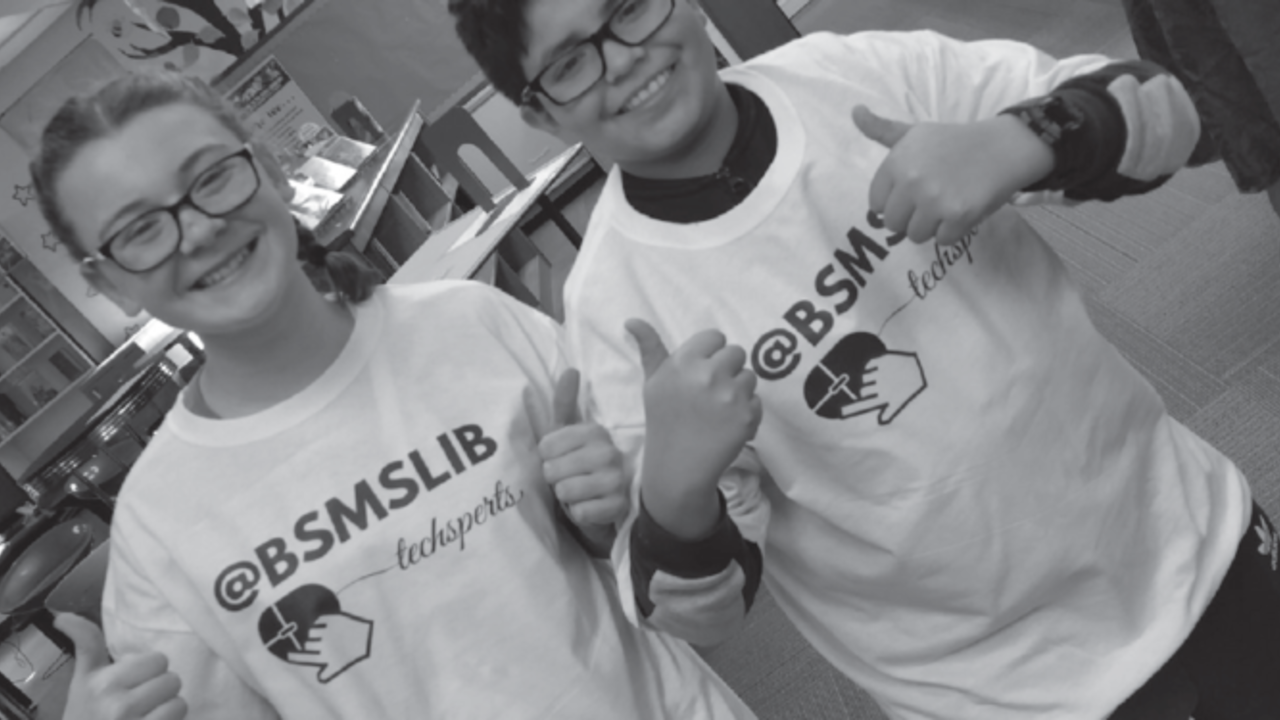How To Transform Your Library Into A Real Learning Community
Sep 05, 2018
Is your school library mostly a place to store books? Is it empty and silent? What if you could transform your library into a dynamic learning hub?
Award-winning school librarians Kristina Holzweiss and Stony Evans are on a mission to incorporate library media centers into your learning community. In this excerpt from their new book, Hacking School Libraries, you learn how to transform your library tomorrow, with three quick tips from the authors.
How to Transform the Space
Weed.
Why are you holding onto books that are outdated, inappropriate, or damaged? This sticks you right into that old-fashioned, no-longer-relevant teaching column. Upload your collection and analyze it through your circulation software to determine the average age of the entire collection and the average age of each section.
Then start to figure out how you can change it up. Focus on the areas that are the oldest first, as those are the ones that need the most attention.
We all hope that we will fit into our old clothes at the back of the closet, but do you really need a book about space written before the astronauts landed on the moon? You are a school librarian, not an archivist.
Declutter.
Do your patrons suffer from sensory overload when they enter the library? Clean it up and simplify to immediately and easily update the space. Remove or modify signs and displays. Create a short list of positive expectations, rather than the list of “do-nots.”
Ditch your desk, which is old-fashioned and taking up valuable floor space that could be used for a reading nook or collaborative workspace.

Attach anti-slip tape to the bottoms of bookends to keep books in place, use paint stirrers as shelf markers, and place baskets on the floor for students to return books that need to be re-shelved.
Rubber refrigerator door liners will keep books from slipping on carts. All of this will clean up the space and make it easier and more pleasant for students.
Organize.
Many of the following suggestions are based on libraries for the younger grades but can be adapted for the ages of your learners. Create a cubby system where students can store their belongings so they don’t have to worry about keeping track of things while they’re browsing or working.
Learn how to make students makers–not consumers. Scrapbooking storage boxes are the perfect size for makerspace or literacy kits.
Hang curtains from spring tension rods to hide supplies, and use hanging shoe organizers for pens, highlighters, markers, scissors, and crayons. Numbered and color-coded baskets make it easy to distribute supplies.
Utilize mobile, lockable charging carts to keep track of and organize any technological devices you have in the space. Use clothing racks to hang posters and charts so they remain straight and protected, and use PVC pipe to create a storage system for headphones.
Learn to engage with EdTech in your library
Purchase a personal laminator to create long-lasting, color-coded labels. Create signage that is visually appealing and clear, and use both text and images to make it easier for all students, especially English language learners and special education students, to understand what you’re asking of them.
Learn more
For all 10 ways to incorporate library media centers into your learning community, look inside Hacking School Libraries today.





